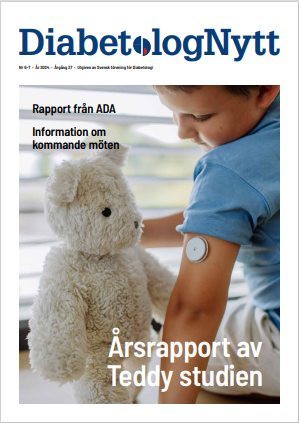For people with advanced liver fibrosis due to nonalcoholic fatty liver disease (NAFLD) who also have type 2 diabetes, outcomes are better with metformin than with sulfonylureas, results from a large international trial show.
”The patients who use metformin can see a long-term benefit,” Eduardo Vilar-Gomez, MD, from the Indiana University School of Medicine in Indianapolis, said here at The Liver Meeting 2017.
With metformin, survival improves and the risk for hepatic decompensation and hepatocellular carcinoma decreases.
”The bad news is that taking sulfonylureas can increase mortality and increase hepatic decompensation, in particular, in those taking sulfonylurea monotherapy,” he told Medscape Medical News.
Therefore, clinicians should to ”try to identify patients with higher rates of decompensation and avoid administration of sulfonylureas,” he advised.
For their study, Dr Vilar-Gomez and his colleagues at sites in Australia, Cuba, Hong Kong, and Spain enrolled 458 people with histologically confirmed NAFLD.
The cohort consisted of 305 people with type 2 diabetes and 153 without. There were 216 events during the mean follow-up of 5.7 years: 84 deaths or transplants, 90 first events of hepatic decompensation, and 42 cases of hepatocellular carcinoma. Only six of the deaths were not related to liver disease.
Liver biopsies, assessed using the NASH Clinical Research Network scoring system, revealed that 159 patients had bridging fibrosis and 299 had cirrhosis.
Worse Survival With Diabetes
Survival was worse in patients with diabetes than in those without (36% vs 72%; hazard ratio [HR], 3.2; P < .01), and there was more hepatic decompensation (36% vs 12%; subdistribution HR, 3.1; P < .01) and more hepatocellular carcinoma (16% vs 6%; subdistribution HR, 2.9; P < .01).
”The results are very clear that overall survival was lower and the hepatic decompensation and hepatocellular carcinoma were higher in the type 2 diabetics,” Dr Vilar-Gomez said.
For patients with diabetes, after baseline HbA1c and potential confounders were controlled for, baseline metformin use was associated with a reduction in the risk for death or transplant (HR, 0.33; P = .02), decompensation (subdistribution HR, 0.39; P = .02), and hepatocellular carcinoma (subdistribution HR, 0.20; P = .03).
In contrast, baseline sulfonylurea use was associated with an increase in the risk for death or transplant (HR, 5.1; P < .01) and hepatic decompensation (HR, 2.5; P < .01).
There were no associations between baseline insulin therapy and liver-related outcomes.
This study helps to fill ”one of the most important gaps with type 2 diabetes,” said Dr Vilar-Gomez, which is the question of whether the medications ”have any long-term impact on their outcomes.”
But more research is warranted to confirm these results. ”We need clinical trials to demonstrate the effects of antidiabetic medication on liver-related outcomes, in particular, for patients with advanced fibrosis,” Dr Vilar-Gomez said. Patients with advanced — F3 or F4 — fibrosis ”often die because of liver-related complications. In patients with less severe disease — F0 to F2 — 80% die for reasons secondary to cardiovascular disease and other causes.”
The main message is that NAFLD and diabetes is a bad combination from a liver outcomes standpoint.
”We and other investigators have previously shown that diabetes is an independent risk factor for development of adverse outcomes, including cirrhosis and death, in patients with NAFLD,” said Zobair Younossi, MD, from the Inova Health System in Fairfax, Virginia.
And the global prevalence of NAFLD in people with diabetes is almost 58%, according to a meta-analysis Dr Younossi’s colleagues presented during another session at the meeting.
”This indicates the tremendous burden of NAFLD in diabetes,” Dr Younossi told Medcsape Medical News.
Dr Vilar-Gomez’s team showed that this patient population faces higher rates of adverse events, and that when presented together, poorly controlled diabetes and NAFLD can lead to worse outcomes, he added.
”Although not all antidiabetic medications can positively change these outcomes, some can,” he said. However, ”the main message is that NAFLD and diabetes is a bad combination from a liver outcomes standpoint.
The Liver Meeting 2017: American Association for the Study of Liver Diseases (AASLD): Abstract 2120. Presented October 23, 2017
From www.medscape.com
Nyhetsinfo
www red DiabetologNytt
Träffar: 1





